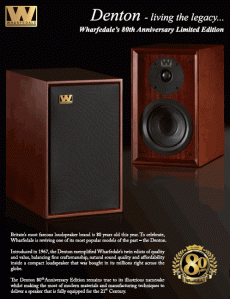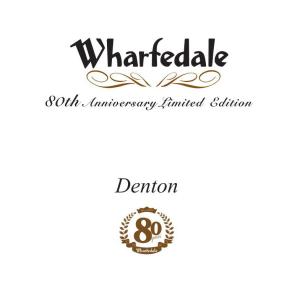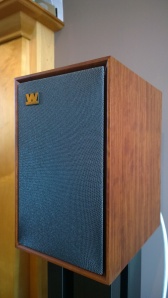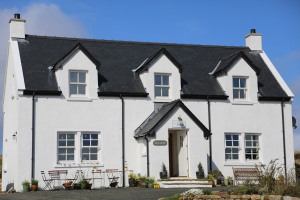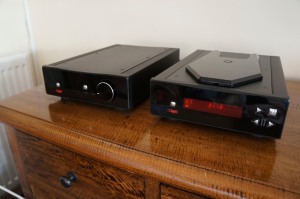
Taft Point – The View
After an hour and a half of pushing, pulling, straining and heaving I felt as though I had done an extensive work out at the gym. My arms and shoulders ached from the exertion and I greedily drew in deep lung fulls of the thin mountain air. According to the sign to my right we had come half way along the trail in twice as long as the guidebook suggested. After a few mouthfuls of water I pushed on.
What now seems in hindsight a slightly foolish idea, I had taken it upon myself to push my 10 year old son in his wheelchair along a trail situated at the side of Glacier Point Road to Taft Point in Yosemite National Park, California. My boy has Cerebral Palsy which affects the movement in his arms and legs and consequently his only form of mobility is his wheelchair.
The guide book I had read back at the hotel that morning over breakfast suggested that it was an “easy” hike. Easy on two feet maybe but taking myself and the four wheels of a wheelchair was an entirely different story. I soon discovered that the trail was more challenging than I had thought.
This is where most guidebooks fall down in my opinion. They seem to be written from the perspective of the single traveller or a small group. There is little account taken for those whose mobility maybe limited or the brave family dragging their gaggle of children through the backwoods of America.
Admittedly we weren’t in the back woods – there are too many cafes, souvenir shops and visitors centres to give you the feeling you really were in the middle of nowhere. But it strikes me that this kind of information would more than useful – if only so that you know it is possible to traverse a trail with a pushchair for example. It certainly would have been useful for us in any case.
My wife and two other children aged 11 and 3 pushed on acting as reconnaissance to any new and interesting barriers that we may come across. They would shout back about what to watch for and then stand there at what seemed some impassable point on the path.
“You’ll never get through this part” they would say.
“Just watch me” I would retort.
“Are you sure, Dad” my son would ask quietly. “No,” I would admit next to his ear so the other’s couldn’t hear. “But let’s give it a try, shall we?” He would smile, the cue that he was happy to let his crazy father bounce him over and through the next obstacle.
There was a good deal of flat ground that meandered through stunning trees and calm wild flower filled meadows, however, the large rocks and boulders that occasionally filled the path forced us to take stock and work out a route over and around these obstacles and this slowed us considerably. Once the chosen route was decided we bumped and wobbled our way through, on occasion scraping away at the metal of the wheels of the wheelchair.
One particularly awkward challenge was stream with it’s steep embankments to traverse. The wheelchair tipped this way and that at precarious angles. The cool waters of the stream eased my and weary feet as we paddled through. My son to his eternal credit gave only words of encouragement as he tenaciously gripped the arms of his wheelchair.
Occasionally, fellow hikers would stroll past do a “double take” and offer help out what most have looked like a slightly deranged father and family needlessly putting themselves through hell. Especially as some of them will have been aware that Glacier Point, with it flat easily accessible tarmacked paths, café selling food and cool drinks and safely walled look out points, was only two or three miles up the road. I guess it pays to read the guidebook a little more carefully in future and plan these things with a little more thoroughness.
We were reliably informed that the effort was going to be worth it and were complimented more than once for our tenacity. I have always had the philosophy that I will not let the wheels of my son’s wheelchair stand in our way on vacation. I have always found that the extra effort always pays off.
After the arduous and strangely fulfilling upper and lower body work out of the trail we eventually arrived at the top of a hill, the midday sun beating down on us. We looked down to where the path opened out to a huge flat area and then elevated towards the “point” where a lone piece of railing was the only structure that stood between you and a 3,000 feet drop.
With a tinge of disappointment, I looked at the steepness of the path and the way it twisted and turned horribly and realised that I had come as far as I could do. I was confident of getting him and his wheels down to “the Point”, however, in the thin air at the 7,800 feet elevation and the heat of the sun I was less than confident of getting in back to where we now stood, never mind the car.
At that point, a quick decision was made and I reversed him under the shade of a tree for shelter and, after enjoying a hard earned bottle of water, I descended the trail, camera in hand to go and see what all the fuss was about. My wife agreed that we would take it in turns to go and investigate the famed vista and waited with the children whilst I disappeared.
The view from the point is nothing short of spectacular. It reminded me of the feeling I had the first time that I went to the Grand Canyon and looked out at that enormous chasm in the earth. Nothing prepared me (or could have done for that matter) for the sheer scale and majesty of that sight. The sheer size and vastness of the canyon as the red and orange stone drops away from you is awe inspiring.
But in some ways it is also a little surreal because it feels almost unreal when considering the statistics of the canyon. The Colorado River looks like a small stream but it is a mile down in the canyon and has an average width or around 300 feet. The length of the canyon is around 280 miles which is 80 miles further than where I live in the North of England to London. That’s a 4 hour drive or 2 hour train journey away. It is around 18 miles wide rim to rim – Yosemite Valley itself by comparison seems small at only 8 miles long. To me these distances are difficult to assimilate whilst you stand and take in the majesty of this natural wonder.
On the other hand Yosemite Valley and Taft Point is not on such a huge scale. The reality of the fact that you are standing, precariously in some ways on a 3,000 ft high block of granite seem to hit home that much harder. I have to confess that I have never been afraid of heights and yet when I peered over the edge and saw that there was nothing between me and a long, long fall during which time I would have plenty of opportunity to empty my lungs of scream after scream before my body splattered into the rock. With the Grand Canyon I felt there was a crumb of comfort in that if you fell there would a ledge or two that would break your fall and possibly save you from certain death. With Taft Point you know that there would be no second chances.

Stunning Yosemite
And so it was that I found myself gripping onto the rail near the edge slightly harder than I would normally and marvelling at the incredible scale of the valley and breath-taking vista. The number of superlatives to describe this place quickly ran dry. I turned to see in the distance my family, tiny dots on the mountain side where they awaited my return. I stuck a hand up to wave and watched them wave back. It was sad that I hadn’t been able to take my son all the way down to the edge, especially after coming so far. I was also aware though that if my boy had been able to make it, so would my 3 year old and I know that I would have had to have maintained a vice like grip on her as she would surely have been too tempted to peer over the edge.
Looking over the valley, I imagined John Muir, back pack filled with bread, tea and a blanket as his only provisions, standing at this point and resolving to protect this area for all time. He spent a great deal of his life investigating the valley and it’s surroundings recording and publishing his findings in the hope that he could inspire people to see this natural wonder and nature itself in a new light and not just as an opportunity for profit and gain. He battled to have the park protected as he watched the lumber companies and farmers slowly erode the lowlands surrounding the valley destroying the meadows with their abundance of wild flowers.
He managed to convince no less than an American President – Theodore Roosevelt – to segregate the valley and surrounding area and make it one of America’s first national parks thereby inspiring a change in attitude and philosophy that generated the National Park system that is in existence today.
At this height you look down on the granite monolith that is El Capitan. Down to the valley to the Merced river below. The railing at the end just doesn’t seem substantial enough and one could imagine a gust of wind could lift you from the lofty perch and deposit you over the edge in an instant.
I quickly absorbed and photographed as much as I could and then followed the path back to where the family had been patiently waiting. Whilst my wife and elder daughter made their way down toward the Point to experience the natural wonder for themselves, I gave my son a full debrief in as much detail as possible and showed him the photographs. Today this was the best that I could do.
Tomorrow, would bring new challenges. Everest anyone?









